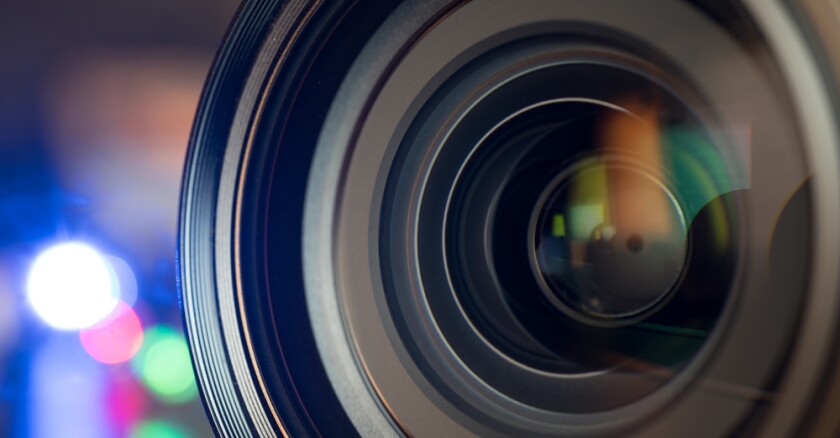There’s only one thing big enough to be the subject of a camera the size of a car — space. Since 2012, the U.S. Department of Energy’s SLAC National Accelerator Laboratory has been working on building a digital camera large enough to capture the cosmos as never before. The camera was completed early last year, after which it made its way to the Vera C. Rubin Observatory at the top of Cerro Pachon in Chile to take its first official images.
The camera weighs in at 6,600 pounds and contains 201 imaging sensors, with each pixel measuring 10 microns wide. It takes 15-second exposures every 20 seconds and is capable of capturing wavelengths from ultraviolet to near-infrared. Once installed atop the Simonyi Survey Telescope in March, it took its first images, 678 in total over a seven-hour stretch. These images clearly captured “otherwise faint or invisible details” of the Trifid Nebula and the Lagoon Nebula.
It was “a pivotal moment for the teams from all around the world who collaborated to design and build the camera,” said project director Aaron Roodman. “We will achieve a level of clarity and depth never seen before in images covering the entire Southern Hemisphere sky.”








